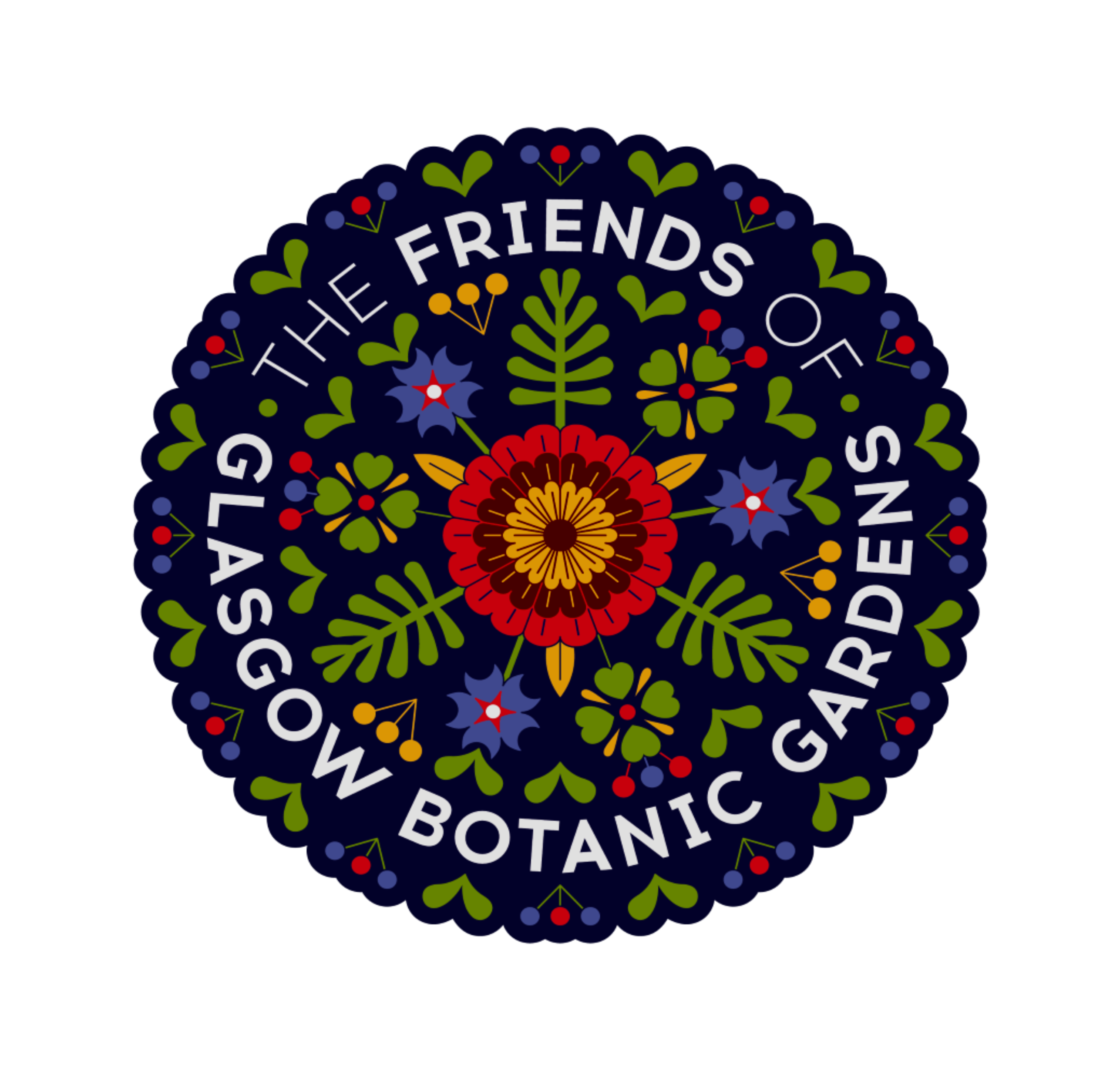Maidenhair Tree
Ginkgo biloba L.
The Ginkgo, sometimes called a living fossil, flourished in the paleozoic era (225 million years ago), but was out-competed by the angiosperms and conifers.
- Today its native range is reduced to the region around Xitianmu Mountainin Anwhei and Zhejiang provinces inChina.
- It was introduced into the British Isles in 1754.
- Its common name refers to the similarity of the leaves with the maidenhair fern (Adiantum spp.)
- The trees are very tolerant of air pollution but only male trees are planted as street trees. The oily flesh of the seed from female trees produces an unpleasant odour.
- The tree has an IUCN Red List rating of ‘Endangered’.
Few, if any, Ginkgo’s survive in the wild but they are cultivated around the world. The leaves and seeds have been used in traditional Chinese medicine since the 11th century.
Both the Ginkgo’s defence mechanisms and its high life expectancy are due to five substances which are only found in Ginkgo’s: ginkgolides. These were discovered by Japanese researchers in 1932. Ginkgolides enhance circulation and also improve the elasticity of blood vessels. Consequently, ‘Ginkgo’ is used widely today in preventing and managing memory loss and circulatory disorders in the elderly. It has become well-known for treating sufferers of Alzheimers disease.
Kelly, J. (1995) Hillier’s Gardeners Guide to trees and shrubs, David and Charles
Bean, W.J., (1989), Trees and Shrubs Hardy in the British Isles(8th edn) John Murray London
Foster, Steven and Johnson, Rebecca L. (2006) National Geographic Desk Reference to Nature’s Medicine.
